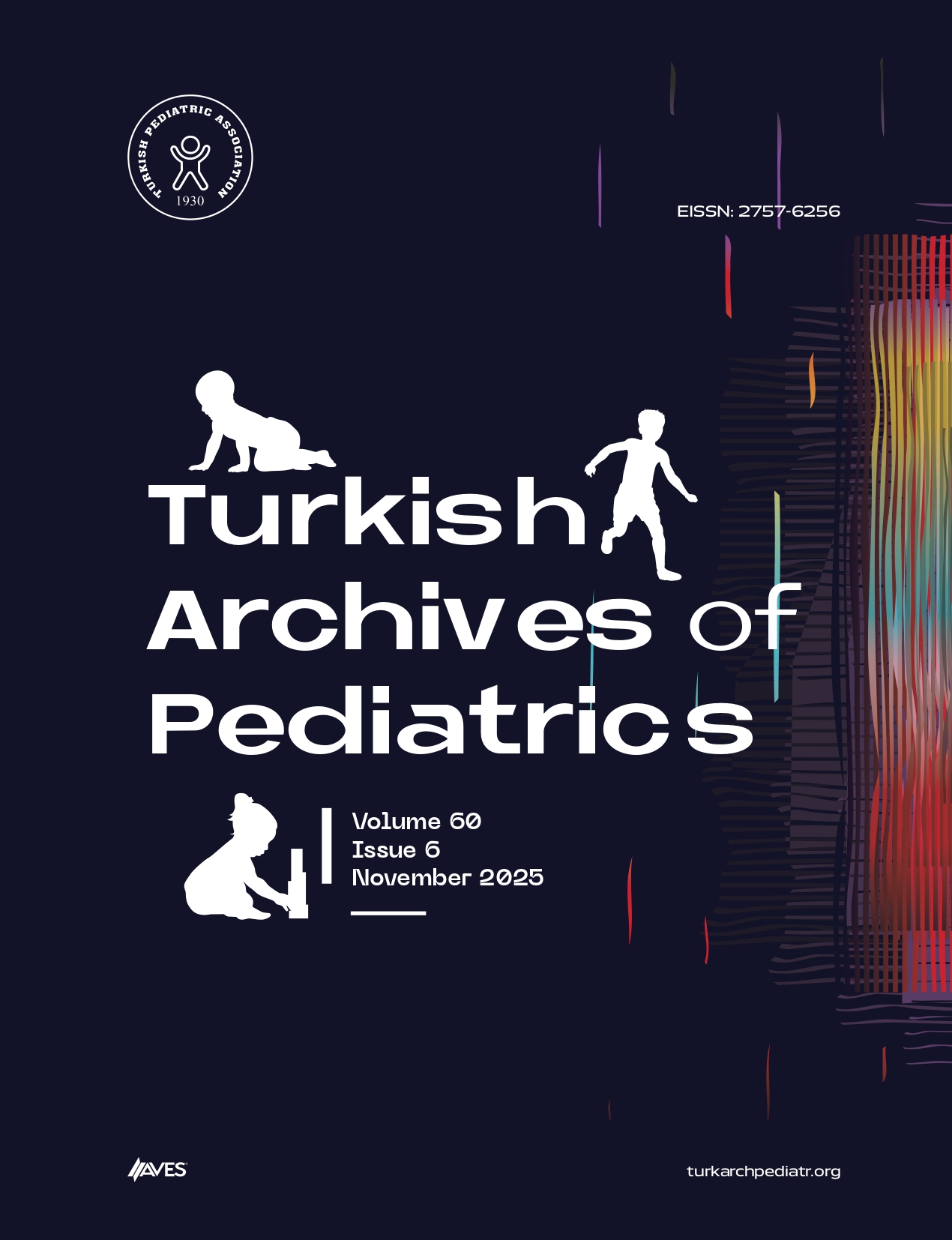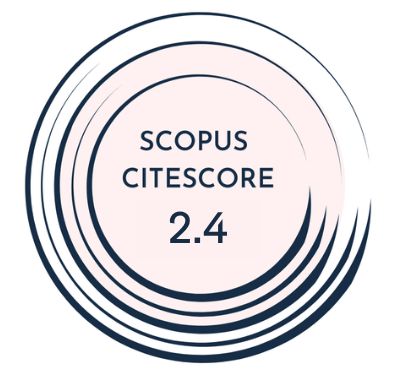Objective: With the World Health Organization’s (WHO) implementation of the ”test and treat
all” policy in 2016, there should have been a great change in mother-to-child transmission
(MTCT) of human immunodeficiency virus (HIV), and its determinants. This study aimed to
assess MTCT of HIV after the adoption of the universal “test and treat” policy.
Materials and Methods: A retrospective cohort study of HIV-exposed infants (HEIs) between
the ages of 6 weeks to 18 months enrolled from 1 January 1, 2017 to December 31, 2021. The study was carried out at the “Prevention of Mother to Child Transmission” center (PMTCT) of the HIV unit, Regional Hospital Bamenda (RHB) of the Northwest region of Cameroon. Data was collected from files with the aid of predesigned data collection forms.
Results: During the study, out of the 294 HEIs included, 13 were positive, giving a frequency of 4.4%. Not taking antiretrovirals by the mother, or taking them 4 weeks prior to delivery, or after delivery, mixed feeding, and breastfeeding duration greater than 12 months were determinants of MTCT of HIV. Also, 4 out of the 294 exposed infants died, giving a death rate of 1.4%. No factor analyzed was found to be significantly associated with the death rate of HEIs at 18 months.
Conclusion: This study showed a reduction in the frequency of MTCT of HIV due to the implementation and adoption of the universal “test and treat” policy. Also, starting maternal antiretroviral treatment after delivery and a breastfeeding duration greater than 12 months were associated with MTCT of HIV.
Cite this article as: Chiabi A, Vershiyi A, Fokam YDP, Ngum EN, Angwafor S, Nforniwe DN. Mother-to-child transmission of human immunodeficiency virus and its determinants: Lessons learnt from the test and treat strategy at a regional hospital in Cameroon. Turk Arch Pediatr. 2025;60(3):301-306.



.png)

